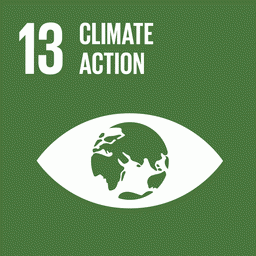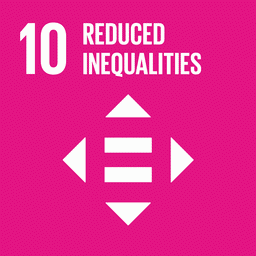By Camila Santana*
The river is an integral part of the routine of farmer and riverside dweller Luana Prado de Oliveira. Early in the morning, she collects water for her family’s snack of coffee and beiju. It is also the source of irrigation for the cassava, pumpkin and vegetables she grows. The water source quenches thirst, provides for bathing and dishwashing. In front of the house on stilts, the river is also the means used to travel to the city or the school and where medical assistance arrives by boat from time to time.
Last year, the historic drought in the Amazon completely affected Luana and her family’s way of life, lowering the rivers beyond the critical level. Unfortunately, climate projections indicate that droughts and floods in the region are likely to become more frequent. This is shown by a study recently published in Communications Earth & Environment, which points out that 50% of non-indigenous locations and 54% of indigenous villages in the Brazilian Amazon are prone to isolation due to extreme droughts.

Rio near Manaus during the 2023 drought. Photo: Bibiana Garrido/IPAM
IPAM (Amazon Research Institute) associate researcher Marcia Macedo was part of the team that analyzed the behavior of rivers during annual droughts between 2000 and 2020, including the severe ones of 2005, 2010, and 2015-2016. “We observed that the low river levels typical of the dry season were even lower and lasted more than 100 days, a month longer during the extreme droughts. Most of those affected are in the state of Amazonas,” explained Macedo.
Letícia Santos de Lima, the researcher who coordinated the study, stressed that this must be the new reality in the Amazon. “For years scientists have been warning about the substantial increase in the frequency and intensity of extreme events that the Amazon basin is facing. These past droughts, as well as the most recent one of 2023-2024, are showing that the impacts on ecosystems extend severely to the Amazonian population,” she warned.
The impacts of the rivers emptying in the Amazon go beyond desert scenarios where mirrors of water give way to huge sandbanks. In addition to the total isolation of communities for weeks or even months, the research points out that riverside families like Luana’s may have problems accessing food, fuel and medical supplies, due to the impossibility of waterway transportation, fish shortages and school closures.
This year the drought has already affected 10,000 people, isolating communities and causing shortages in Amazonas. So far, 20 of the state’s 62 cities are already in a state of emergency. In the capital Manaus, the Rio Negro dropped 54 centimeters in July alone. In Rondônia, the Amazon summer is expected to see record drought and heat and the situation of the rivers is expected to reach a critical stage.
Water quality
Another fact to which the study draws attention is the impact of these extreme events on water quality. As surface and groundwater levels can decrease during droughts, the use of wells is altered. In short, water quality can deteriorate and become unfit for consumption. The article cites that “previous studies have shown evidence of an increase in hospitalizations in Acre in 2005 associated with both water-borne diseases and respiratory diseases due to air pollution from forest fires”.
The group of researchersemphasized that it is necessary to improve planning for long-term mitigation and adaptation to drought, including dialogue with civil society and the support of robust science. “In this sense, a transdisciplinary approach that combines perspectives from the natural and social sciences, as well as traditional knowledge from Amazonian communities and local perceptions of environmental change, may be the most efficient and socially just way of tackling this complex problem,” says the research.
*IPAM journalist

